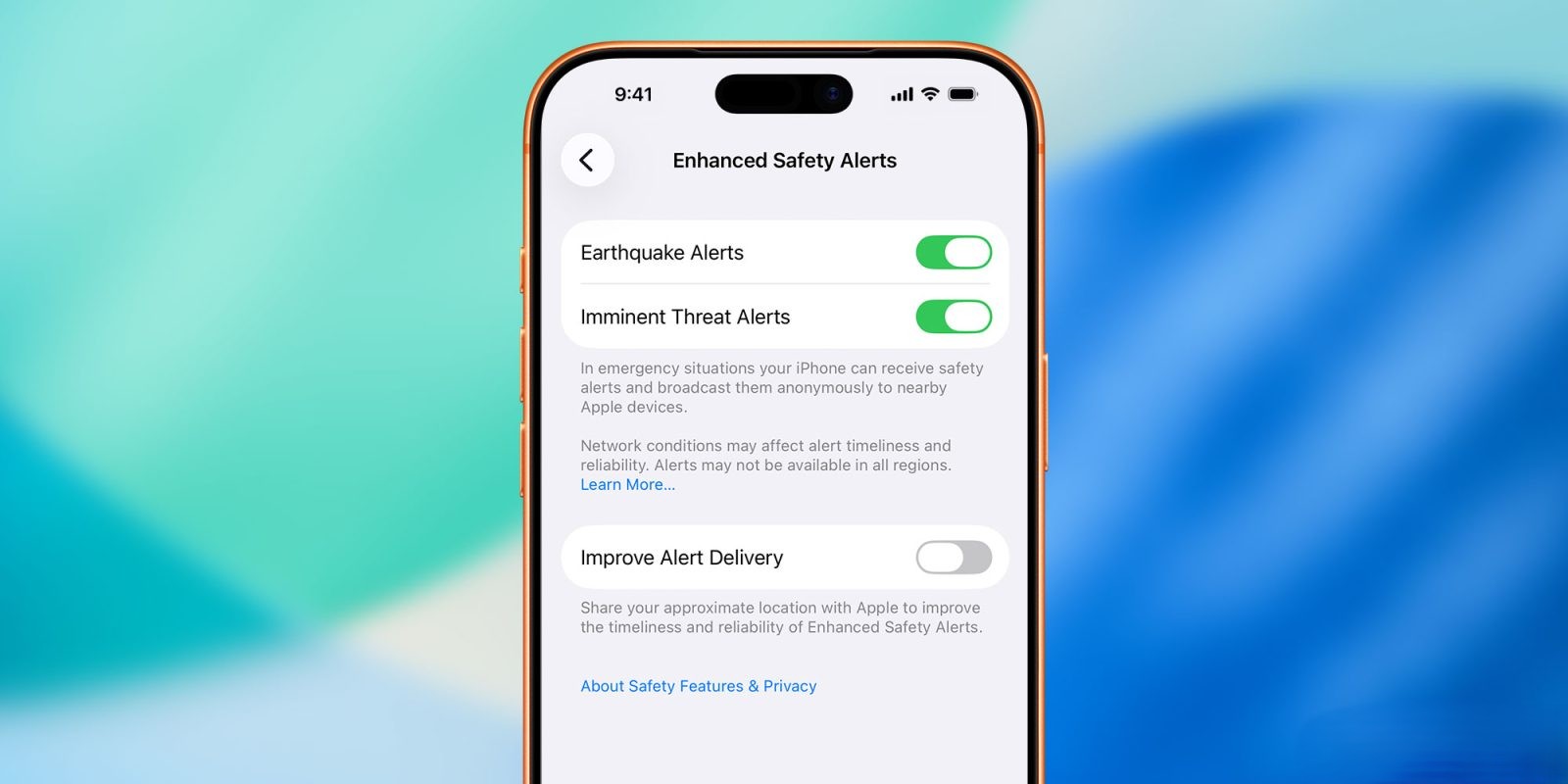Apple’s forthcoming iPhone 17 Air, set to debut this fall, is generating buzz for its ultra-thin design. However, the device’s single rear camera has raised questions among potential users accustomed to multi-lens setups. To assess the impact of this design choice, I conducted a personal analysis of my recent photography habits.
The Shift to a Single Rear Camera
Since the introduction of dual-camera systems with the iPhone 7 Plus in 2016, multiple rear cameras have become standard in Apple’s flagship models. The iPhone 17 Air marks a departure from this trend, opting for a single rear camera to achieve its sleek profile. This decision has led to concerns about potential limitations in photographic capabilities.
Analyzing Personal Camera Usage
To understand how this change might affect my experience, I reviewed my last 250 photos to determine the frequency of use for each lens:
– Main Camera: 240 photos
– Telephoto Lens: 7 photos
– Ultra Wide Lens: 3 photos
These findings reveal that the vast majority of my photos—96%—were taken with the main camera. The telephoto and ultra-wide lenses accounted for only 2.8% and 1.2% of my shots, respectively.
Implications for the iPhone 17 Air
This analysis suggests that the absence of additional lenses in the iPhone 17 Air may have a minimal impact on my typical photography habits. The main camera suffices for most scenarios I encounter. While the telephoto and ultra-wide lenses offer versatility, their infrequent use in my case indicates that their absence might not be a significant drawback.
Conclusion
The iPhone 17 Air’s single-camera design aligns with my predominant use of the main lens, suggesting that the streamlined approach may not compromise my photography experience. This realization alleviates initial concerns about the device’s photographic capabilities.



